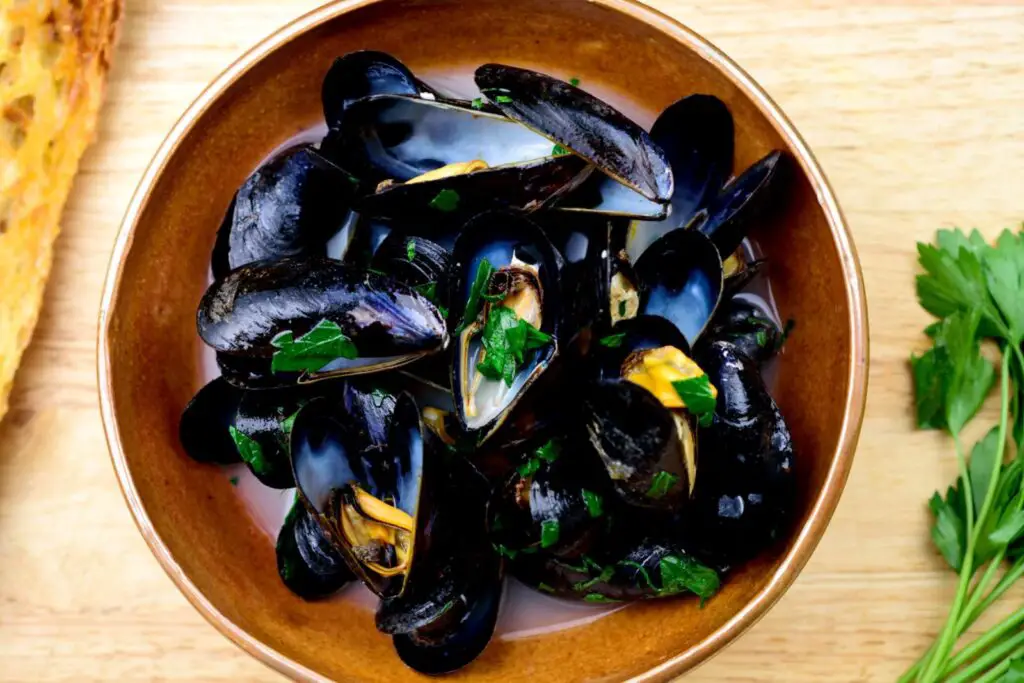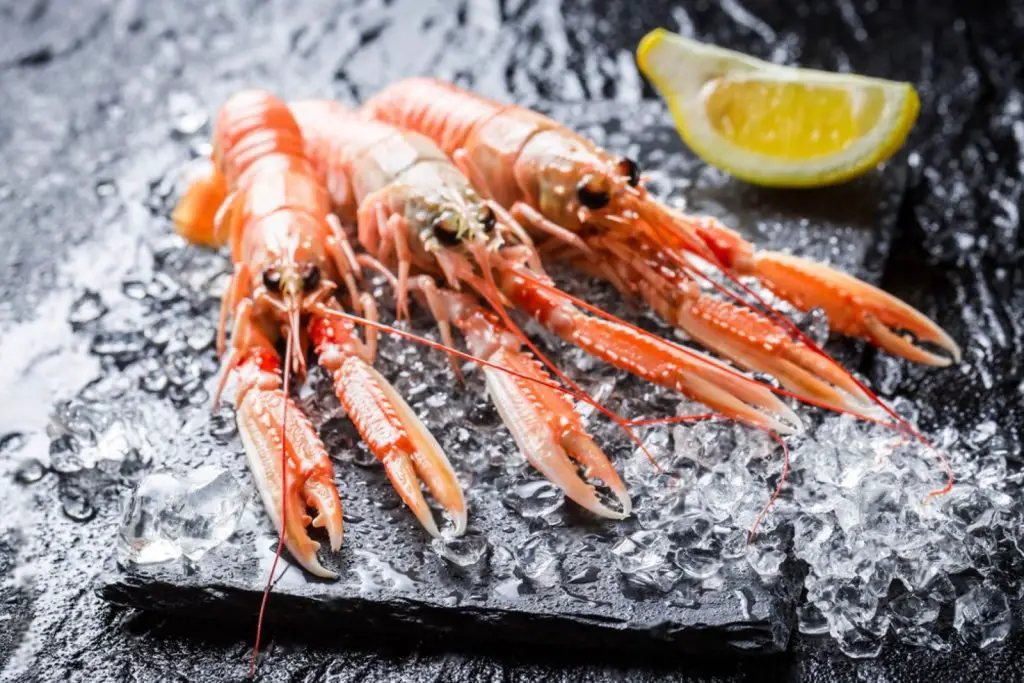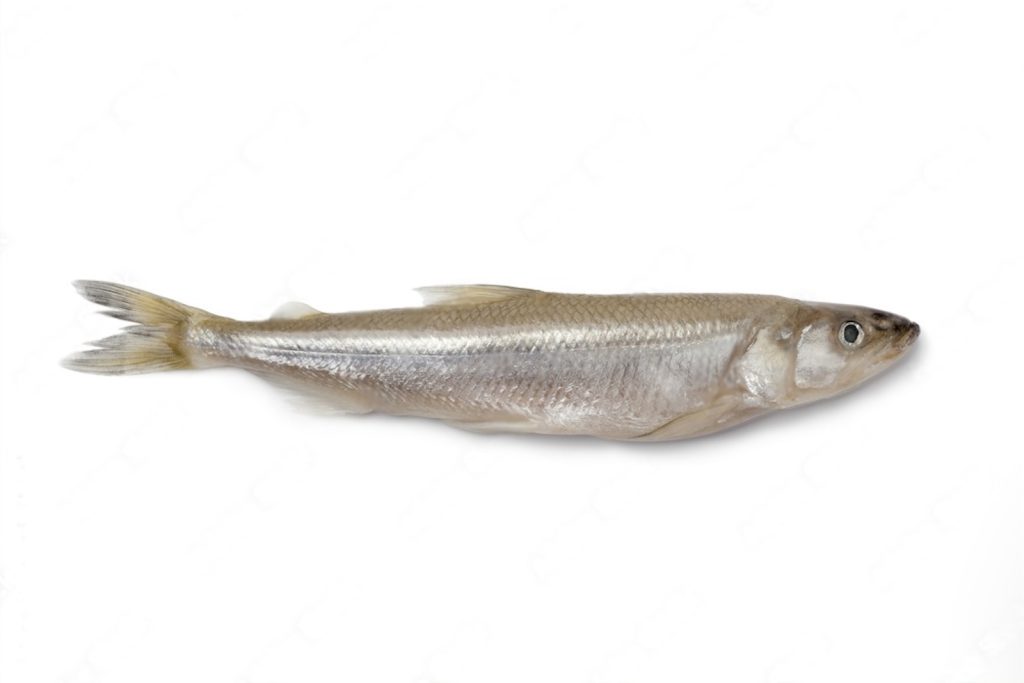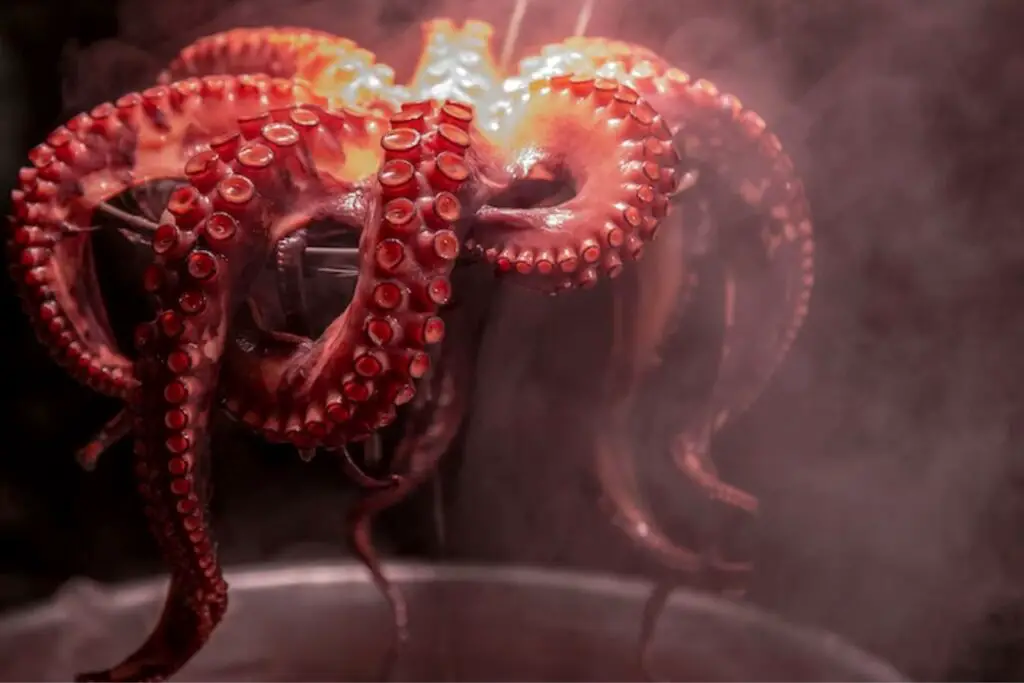
Welcome to the world of freshwater fishing with bluegill, a popular and flavorful fish that can be found in lakes, rivers, and ponds across North America. Bluegill, also known as bream or sunfish, are characterized by their vibrant blue and green coloration and their distinctive shape. They are prized for their delicious, mild-flavored flesh, making them a favorite among anglers and seafood enthusiasts alike. Whether pan-fried, grilled, or baked, bluegill offers a delicate and tender meat that pairs well with a variety of seasonings and sauces. If you have caught an abundant amount of bluegill or want to save some for later use, freezing them is an excellent option. In this guide, we’ll explore the art of freezing bluegill, sharing valuable tips and techniques to ensure that the fish retains its quality, texture, and flavor, allowing you to enjoy the delectable taste of bluegill whenever you desire, whether it’s for a delicious fish fry, a mouthwatering seafood stew, or a savory fish taco.
Here are the simple steps to freeze bluegill:
Step 1: Prepare the Bluegill
When it comes to freezing bluegill, the first step is to ensure that the fish is properly cleaned and prepared. This is essential for maintaining the quality and flavor of the fish during freezing and thawing. Follow these steps to prepare the bluegill:
- Rinse the bluegill: Start by rinsing the bluegill under cold water. This helps remove any impurities, dirt, or debris from the surface of the fish.
- Scale the fish: Using a sharp knife, scale the bluegill by scraping the scales from tail to head. This process removes the protective outer layer of scales, making it easier to handle and clean the fish.
- Gut the bluegill: Make a shallow cut along the belly of the fish, from the anal vent to the gills. Be careful not to puncture the gallbladder, as it can release a bitter taste into the fish. Remove the internal organs, including the intestines and stomach, by gently pulling them out. You can use your fingers or a spoon to scrape out any remaining innards.
- Rinse the fish again: Once the bluegill is gutted, rinse it once more under cold water to ensure that any remaining blood or debris is washed away.
- Pat the fish dry: After rinsing, gently pat the bluegill dry with paper towels. This step helps remove excess moisture from the surface, which can contribute to the formation of ice crystals during freezing.
By doing these things properly cleaned and prepared bluegill ready for the freezing process. Taking the time to ensure the fish is clean and dry before freezing will help maintain its quality and taste when you’re ready to enjoy it later.
Can I blanch bluegill before freezing it?
Blanching bluegill before freezing it is a common practice to help preserve its quality. To blanch bluegill, briefly immerse it in boiling water for a short period, usually 2-3 minutes, followed by immediate cooling in ice water to halt the cooking process. Blanching helps maintain color, texture, and nutrient content while also inhibiting enzyme activity. Once blanched, bluegill can be safely frozen, extending its shelf life and allowing for easy incorporation into future recipes.
Step 2: Choose the Right Pack
Proper packaging is essential when it comes to freezing bluegill. The right packaging materials help protect the fish from freezer burn, moisture, and odors, ensuring that it stays fresh and flavorful. Consider the following options based on your needs:
- Freezer-safe, resealable plastic bags: For individual portions of bluegill, using freezer-safe, resealable plastic bags is an excellent choice. These bags are designed to withstand low temperatures and prevent air from entering, reducing the risk of freezer burn. Place each portion of bluegill in a separate bag, remove excess air, and seal it tightly to create an airtight environment.
- Vacuum-sealed bags: Vacuum-sealing is an excellent method for preserving the freshness of bluegill. Vacuum-sealed bags remove excess air from the packaging, creating a tight seal that prevents oxygen from coming into contact with the fish. This method is highly effective in preventing freezer burn and maintaining the taste and texture of the bluegill. Place individual portions or whole bluegill in vacuum-sealed bags, following the manufacturer’s instructions for sealing.
- Freezer-safe containers: If you prefer to freeze larger quantities of bluegill or whole fish, freezer-safe containers are a suitable option. These containers should be made of durable, BPA-free plastic or glass that can withstand freezing temperatures. Ensure that the containers have a tight-fitting lid to keep the fish well-protected from air and moisture.
- Aluminum foil: Another option for freezing bluegill, especially for whole fish, is to wrap them tightly in aluminum foil. Aluminum foil provides a protective barrier against freezer burn and helps maintain the fish’s moisture. Make sure to wrap the bluegill securely, ensuring there are no gaps or openings in the foil.
By selecting the appropriate packaging materials, you can effectively preserve the quality and freshness of the bluegill during the freezing process.
Step 3: Portion and Stack
When freezing bluegill in individual portions, it’s important to divide them according to your desired serving sizes. This allows for convenient usage later on. Follow these steps for effective portioning and stacking:
- Determine serving sizes: Decide on the desired serving sizes for your bluegill portions. Consider factors such as the number of people you’ll be serving and individual preferences.
- Lay portions flat on a baking sheet: Line a baking sheet with parchment paper or plastic wrap. Place the bluegill portions in a single layer on the baking sheet, ensuring they are not touching one another. This prevents them from sticking together during freezing.
- Flash freeze the portions: Transfer the baking sheet with the bluegill portions to the freezer. Allow them to partially freeze for about 1 to 2 hours. This technique, known as flash freezing, helps individual portions maintain their shape and prevents them from sticking together during storage.
- Transfer to selected packaging: Once the portions are partially frozen, remove the baking sheet from the freezer. Transfer the partially frozen bluegill portions to the selected packaging. Whether you’re using resealable plastic bags, vacuum-sealed bags, or freezer-safe containers, make sure the portions are neatly stacked to maximize space efficiency.
By ensuring that the bluegill portions freeze individually and don’t clump together. This makes it easier to retrieve the desired quantity when you’re ready to thaw and cook them. Proper portioning and stacking also help optimize freezer space, allowing you to make the most of the available storage capacity.
Step 4: Vacuum Seal
Vacuum sealing is a highly effective method for preserving the taste, texture, and overall quality of bluegill during freezing. Follow these steps when using vacuum-sealed bags:
- Read the manufacturer’s instructions: Before starting the vacuum sealing process, carefully read and follow the instructions provided by the manufacturer of your vacuum sealer. Different models may have specific guidelines and features.
- Prepare the bags: Open a vacuum-sealed bag and ensure that it is clean and dry. Leave some space at the top of the bag to accommodate the bluegill and allow for proper sealing.
- Place bluegill in the bag: Carefully place the individual portions or whole bluegill into the bag. Make sure they are arranged in a way that maximizes space efficiency. It’s important not to overcrowd the bag to ensure proper sealing.
- Seal the bag: Once the bluegill is in the bag, position it properly and close the vacuum sealer lid over the bag’s open end. Start the vacuum sealing process according to the manufacturer’s instructions. The vacuum sealer will remove excess air from the bag, creating an airtight seal that helps preserve the fish.
- Check the seal: After the vacuum sealing is complete, carefully inspect the seal to ensure it is tight and secure. Make sure there are no leaks or openings that could allow air or moisture to enter the bag.
Vacuum sealing is beneficial because it removes the air surrounding the bluegill, reducing the risk of freezer burn. By creating an airtight environment, vacuum-sealed bags help preserve the fish’s taste, texture, and overall quality during freezing. Following the manufacturer’s instructions is essential to ensure successful vacuum sealing and optimal preservation of the bluegill.
Step 5: Label and Store
Proper labeling and storage of your frozen bluegill are important for organization and maintaining the quality of the fish. Follow these steps for effective labeling and storage:
- Label each package: Take a permanent marker and write the date of freezing on each package of bluegill. This is crucial for keeping track of storage time and ensuring that you use the oldest fish first. It helps maintain freshness and prevents you from accidentally keeping the fish in the freezer for too long.
- Choose the coldest part of the freezer: Identify the coldest part of your freezer, typically the back or bottom shelves. This area experiences more consistent temperatures and is ideal for storing frozen food. Place the labeled packages of bluegill in this section.
- Maintain a temperature of 0°F (-18°C) or below: Ensure that your freezer is set to and consistently maintains a temperature of 0°F (-18°C) or below. This low temperature helps preserve the quality of the bluegill and prevents the growth of bacteria.
- Avoid overcrowding the freezer: It’s important to avoid overcrowding the freezer. Allow enough space between packages for good air circulation. This helps maintain consistent temperatures throughout the freezer and prevents any hotspots that may lead to uneven freezing or thawing.
By properly labeling each package with the date of freezing, you can keep track of storage time and prioritize using the oldest bluegill first. Storing the packages in the coldest part of the freezer and maintaining a temperature of 0°F (-18°C) or below ensures that the fish stays frozen and maintains its quality. Avoiding overcrowding the freezer helps maintain proper airflow and consistent temperatures, contributing to the longevity of the bluegill.
How long can bluegill last in the freezer?
Bluegill can last in the freezer for up to 3 to 6 months when stored properly. The quality and taste of bluegill can start to deteriorate after this time, but it can still be safe to eat if there are no signs of freezer burn or spoilage. It is recommended to consume bluegill within the first few months of freezing for the best results.
Step 6: Thaw the Frozen Bluegill
Properly thawing your frozen bluegill is essential to maintain its texture, flavor, and safety. Follow these steps for safe and effective thawing:
- Refrigerator thawing: The safest method for thawing bluegill is to transfer the packaged fish from the freezer to the refrigerator. Place the sealed package on a plate or shallow dish to catch any drips and allow it to thaw slowly overnight. This gradual thawing process helps maintain the quality of the fish while minimizing the risk of bacterial growth.
- Microwave thawing: If you need to thaw the bluegill more quickly, you can use the defrost setting on your microwave. Follow the manufacturer’s instructions for thawing fish, as cooking times may vary based on the microwave’s power level and the size of the fish portions. It’s crucial to monitor the bluegill closely to ensure it doesn’t start cooking during the thawing process.
- Cold-water thawing: Another option for quicker thawing is to place the sealed package of bluegill in a bowl of cold water. Make sure the package is airtight to prevent water from entering. Change the water every 30 minutes to maintain a cold temperature. This method allows for faster thawing than refrigeration but requires more active monitoring.
- Cooking the thawed bluegill: Once the bluegill is fully thawed, it is ready to be cooked using your preferred method. You can grill, bake, pan-fry, or prepare it in any other way that suits your taste and recipe. Ensure that the fish reaches the appropriate internal temperature for safe consumption, typically 145°F (63°C) for bluegill.
It’s important to note that once bluegill is thawed, it should not be refrozen unless it has been cooked thoroughly. Thawed bluegill should be consumed promptly to ensure the best quality and taste.
By completing these steps for proper thawing, you can enjoy your frozen bluegill safely and with optimal flavor.
Other related questions
Can you refreeze bluegill?
It is generally not recommended to refreeze bluegill once it has been thawed. Refreezing can negatively affect the texture and quality of the fish, leading to a loss of flavor and potential deterioration. To maintain the best quality and safety, it is advised to cook the bluegill after thawing and consume it promptly rather than refreezing it.
How do I know if the bluegill has gone bad after being frozen?
To determine if bluegill has gone bad after being frozen, look for signs of freezer burn, such as dry, discolored, or shriveled areas on the fish’s surface. Bad odor, off flavors, or a slimy texture are indicators of spoilage. If you notice any of these signs, it is best to discard the bluegill as consuming spoiled fish can lead to foodborne illnesses.
Can I marinate bluegill before freezing it?
Yes, you can marinate bluegill before freezing it, but it is not the most recommended approach. Marinating before freezing can lead to a change in texture and can affect the quality of the fish. It is generally suggested to freeze bluegill in its natural state and marinate it after thawing for optimal taste and texture.
Can frozen bluegill be used for frying, grilling, or baking?
Yes, frozen bluegill can be used for frying, grilling, or baking. However, it’s important to thaw the fish properly before cooking to ensure even cooking and optimal texture. Thaw the frozen bluegill in the refrigerator overnight or use the defrost function on your microwave.








